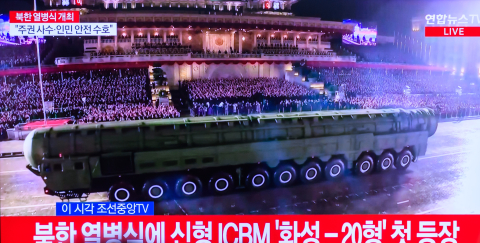La fin du régiment ? Trente ans de déstructuration de l'organisation tactique régimentaire

The new organization of land forces breaks with a centuries-old tactical order: the regiment. Born out of political constraints that have shaped its history, the regimental order has accompanied the rise of the nation state; the Third Republic, for instance, entrusted it with political, social, and cultural functions. The implementation of the so-called modular organization of the Army - which is disrupting the regimental principle - stems likewise from political developments that, in this case, first emerged in the early 1980s. Caught between demands for additional engagements abroad and the reality of scarce resources to accomplish such objectives, the Army is forced to cobble together ad hoc solutions. As a result, the tactical organization of the regiment has been deconstructed: the body of troops, thus dismantled, has been transformed into a "reservoir of resources." At the turn of the century, military austerity had led to the normalization and standardization of this practice of "modular" tactical organization, which seizes from the regiment what is needed to equip task forces deployed in distant theaters. At the same time, this policy requires joint defense bases to aggregate the resources that once provided the regiment with its autonomy. In short, it's unclear what the commanding officer is now commanding. Is this the end of the regiment?








